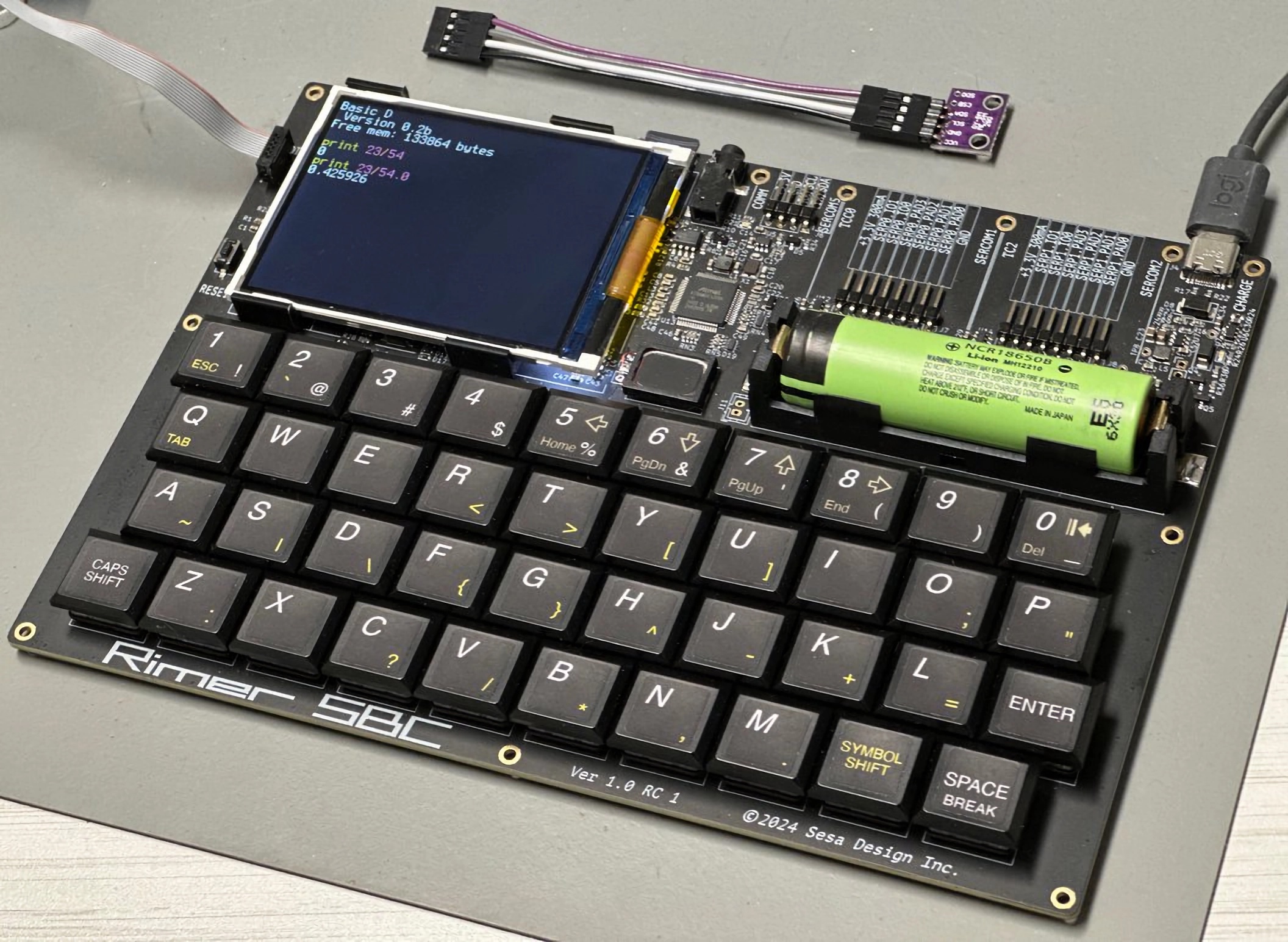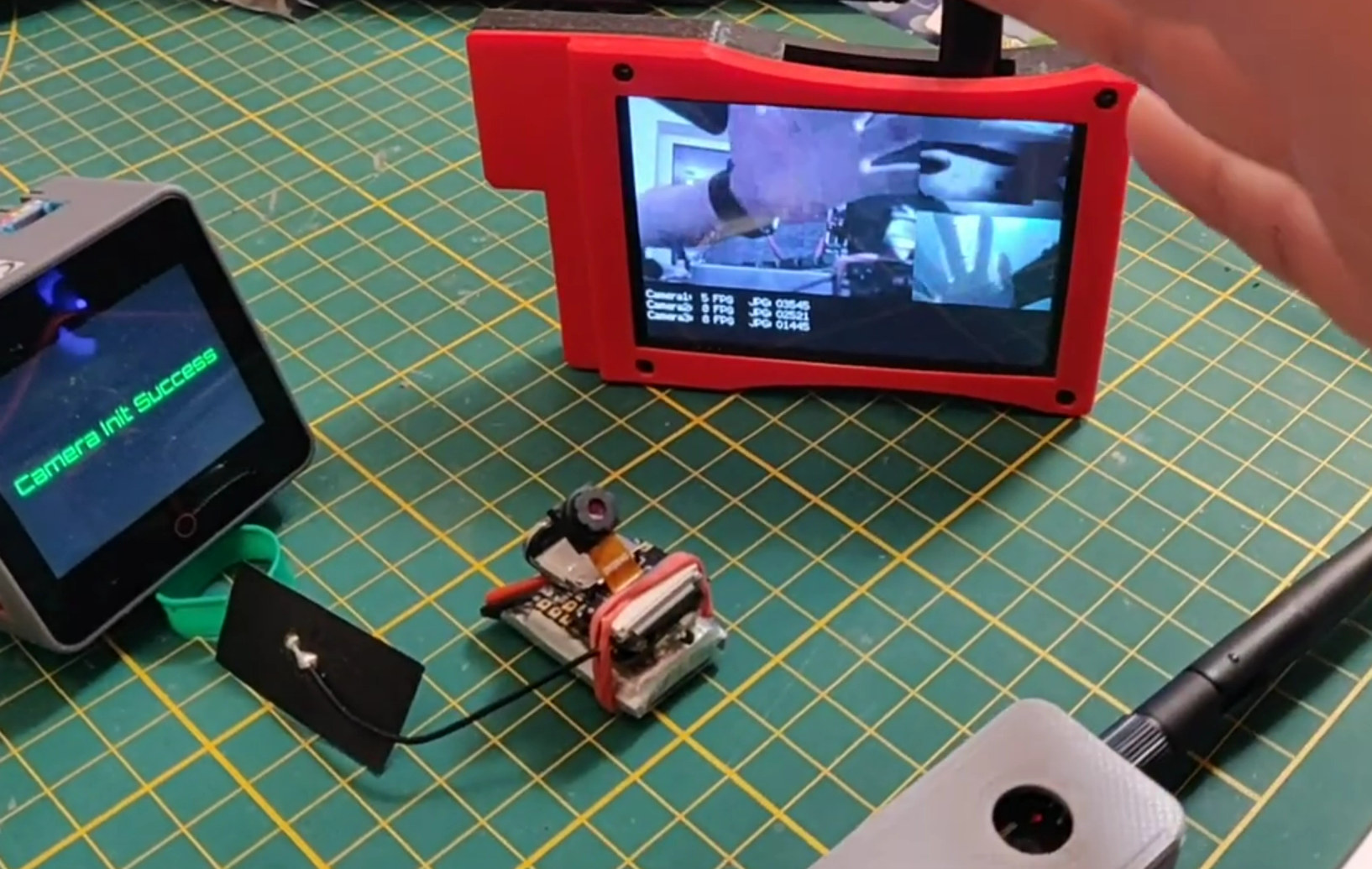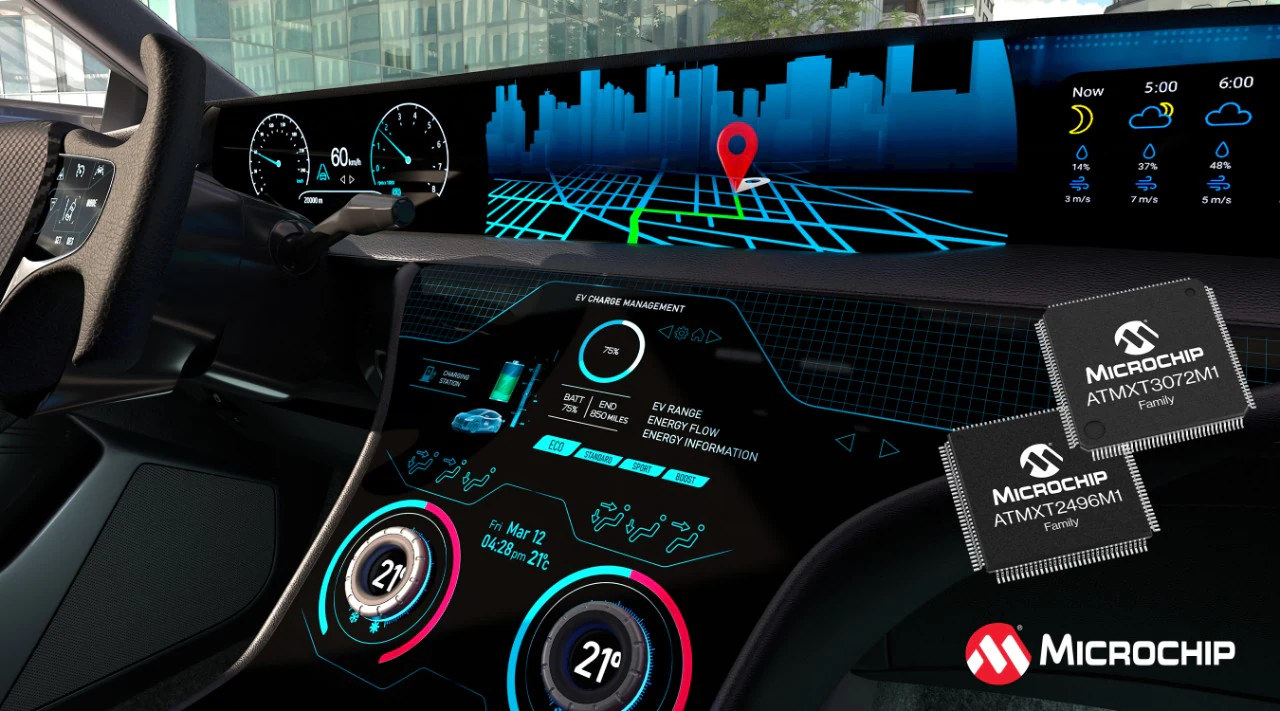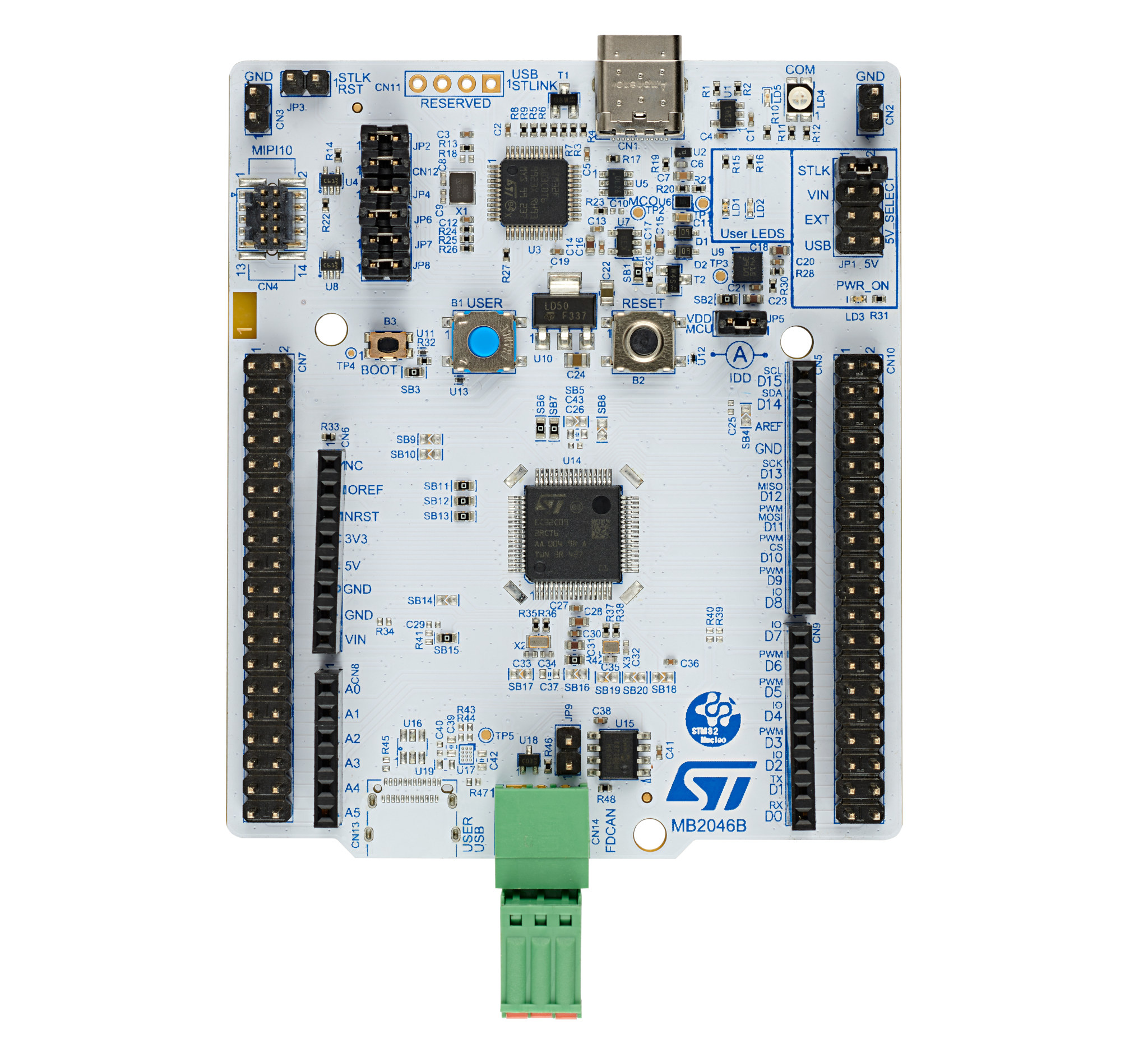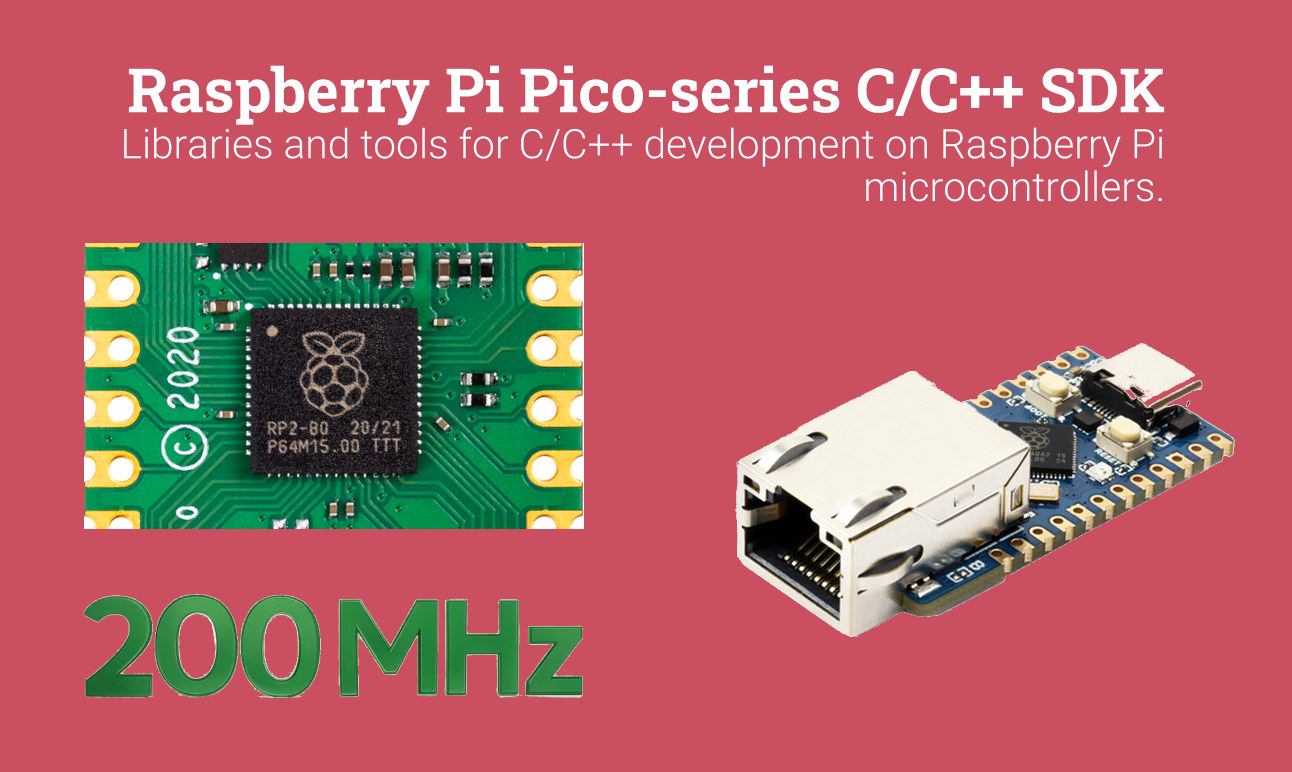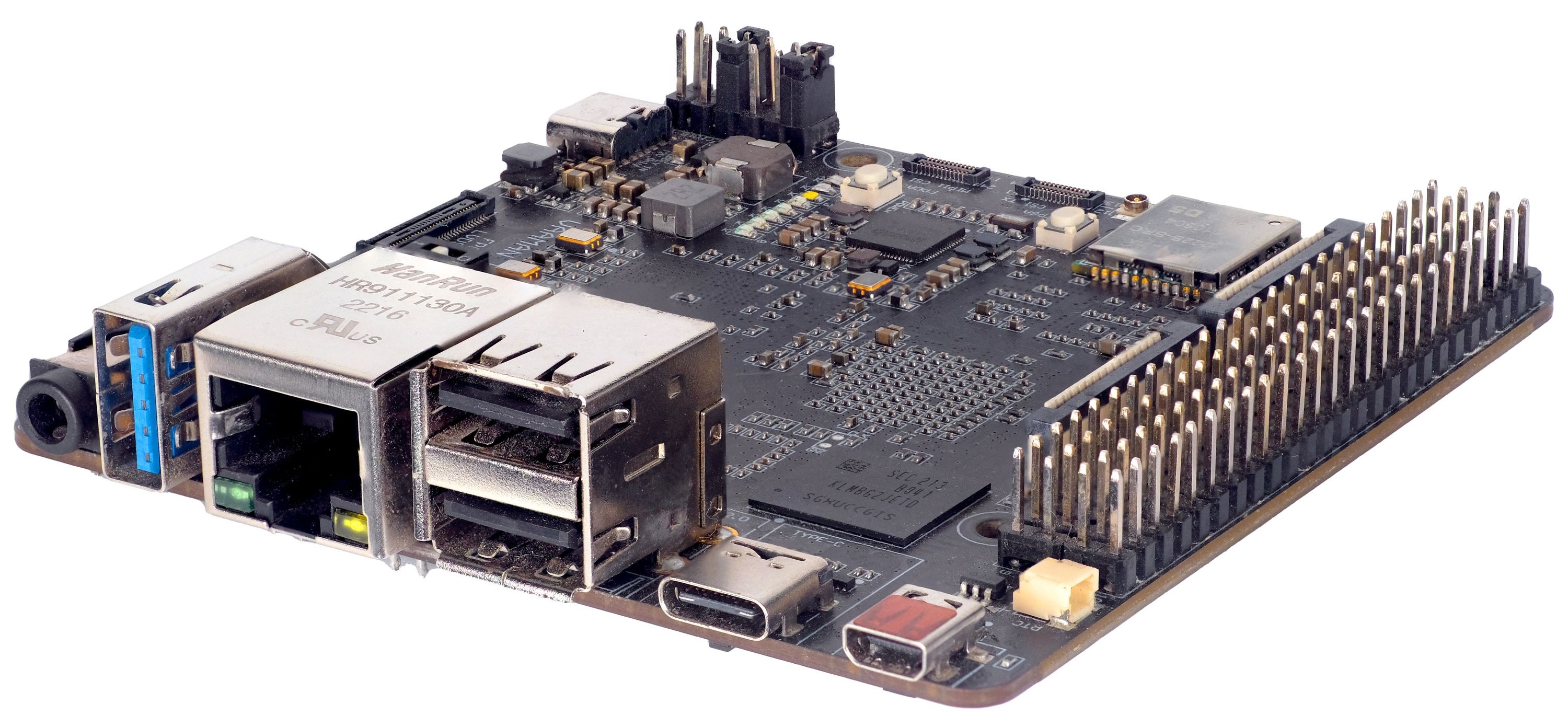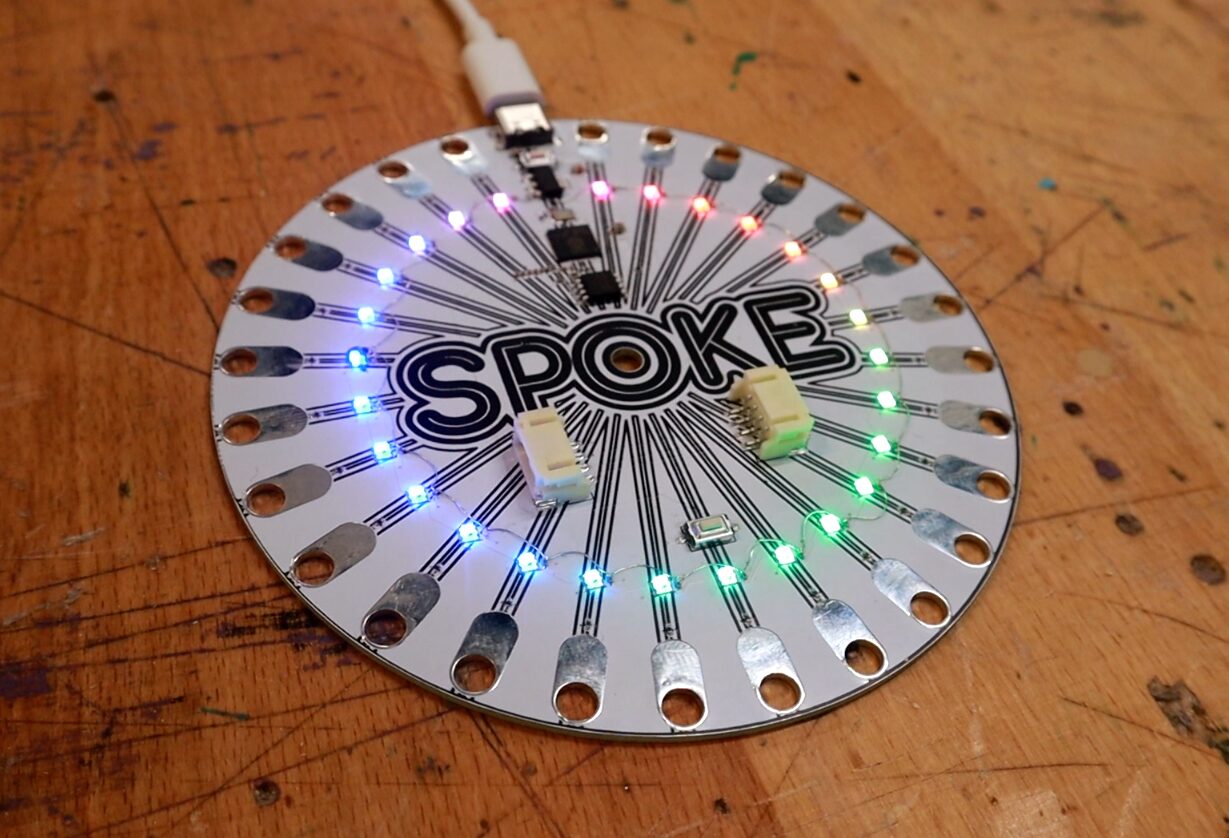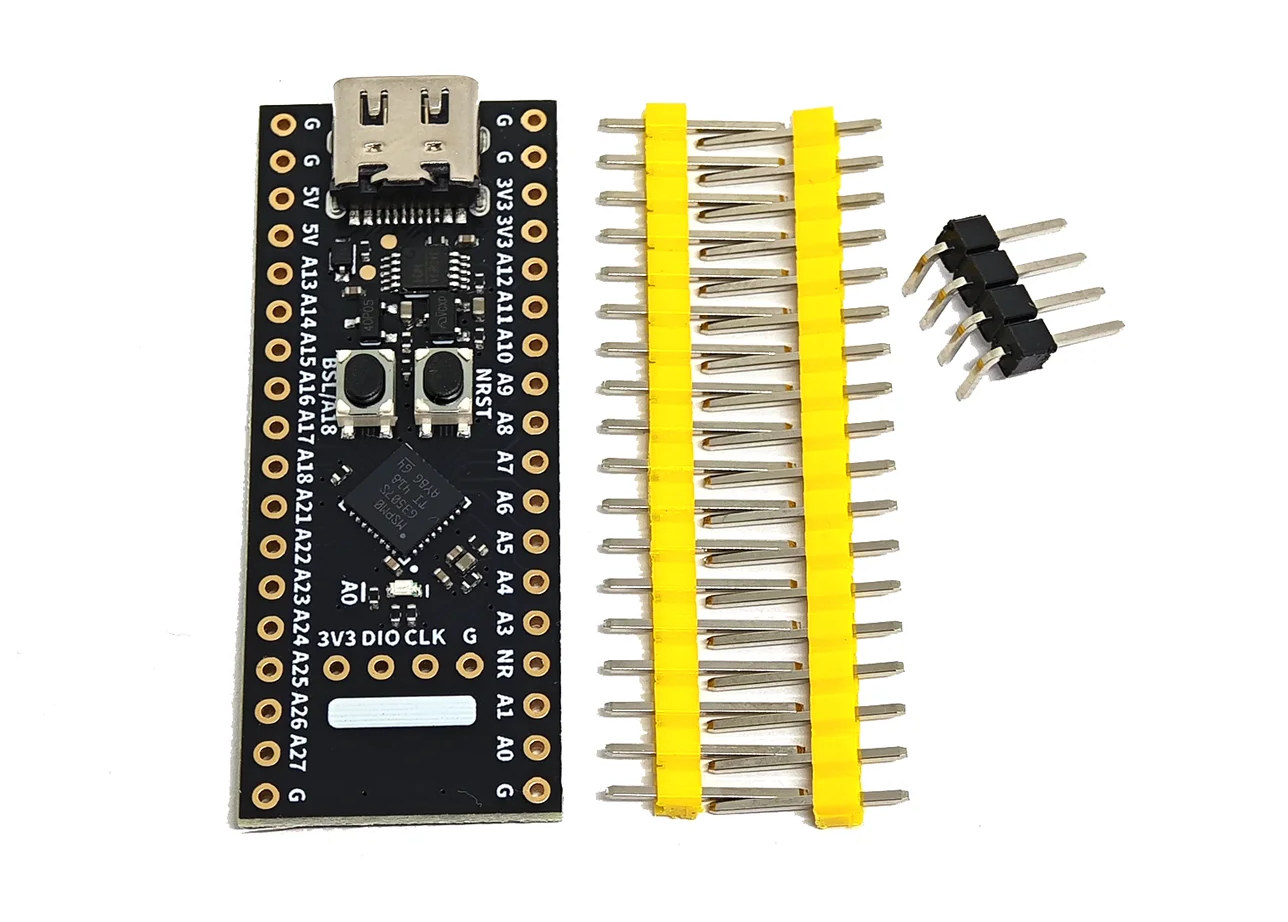The Rimer SBC is a development board based on a Microchip SAMD51 Cortex-M4 microcontroller and designed as a complete standalone playground with a built-in display, keyboard, audio input and output, a few I/Os, and a 60x20mm LiPo battery or an optional 18650 battery holder. It is specifically based on the Microchip ATMSAMD51J20A microcontroller, running at 120MHz with 1MB of flash memory and 256KB of RAM, and utilizes many of the peripherals available in the TQFP64 package. The board includes a 3.2-inch 320 x 240 IPS TFT LCD connected via high-speed SPI and a 40-key mechanical keyboard scanned via an I2C GPIO expander. It also features an amplified 700mW speaker output and buffered analog input and output is routed via the 3.5mm audio jack. The Rimer SBC’s standalone nature makes it suitable for on-the-go development, rapid prototyping, and educational purposes without the need for external hardware. The maker also plans to […]
ESPNowCam library enables ESP32 video camera or data transmission with the ESP-NOW protocol
ESPNowCam is an open-source library for ESP32 camera boards that relies on the ESP-NOW protocol for efficient point-to-point, one-to-many, or many-to-one video or data transmission. ESP32 microcontrollers already support WiFi or Bluetooth connectivity, but the ESP-NOW offers an alternative in scenarios where low latency is required and/or access to a router is not feasible or practical. That’s why we’ve previously seen ESPNOW used in ESP32 drones. As its name implies, the ESPNowCam project leverages the ESP_NOW wireless protocol for ESP32 video cameras, but can also be used for data transmission. ESPNowCam highlights: Transmission modes One transmitter to multiple receivers using the internal ESPNow broadcasting feature (1:N mode) Peer-to-peer (P2P) connections utilizing MAC address targeting (1:1 mode) Multi-sender mode with one receiver (N:1 mode) No need for IPs, routers, or credentials The project was first released in January 2024, but I’ve only noticed it, and it had several iterations since then. […]
New Microchip maXTouch M1 automotive touchscreen controllers support curved displays, physical Knob-on-Display technology
Microchip Technology’s ATMXT3072M1 and ATMXT2496M1 add to the existing maXTouch M1 automotive touchscreen controllers and are designed for large, curved, free-form displays, including ones using OLED and microLED technologies. These controllers support up to 112 reconfigurable touch channels (or 162 in ultra-wide mode), enabling touch functionality for displays up to 20-inch (16:9 format) or 34-inch (7:1 format) in size. Additionally, they use smart mutual touch acquisition to enhance signal-to-noise ratio (SNR) by +15 dB, ensuring reliable touch detection in high-capacitive environments. The controllers also feature integrated Knob-on-Display (KoD) technology for physical control knobs on touchscreens and low-latency haptic feedback for enhanced user interaction. The controls meet ASIL-A and B safety standards and support OTA firmware updates with SHA-512 authentication for cybersecurity compliance (ISO 21434:2021). All these features make these MCUs suitable for user-friendly infotainment and dashboard systems. Microchip ATMXT3072M1 and ATMXT2496M1 specifications Touchscreen channels ATMXT3072M1 – 112 fully configurable sensor […]
STMicro expands the STM32C0 Cortex-M0+ MCU family with STM32C051, STM32C091, and STM32C092 (with CAN FD)
STMicro first introduced the STM32C0 32-bit Arm Cortex-M0+ MCU family as an 8-bit MCU killer in 2023, followed by the STM32C071 adding USB FS and designed for appliances with graphical user interfaces (GUI). The company has now added three new parts with the STM32C051, STM32C091, and STM32C092. The STM32C051 is similar to the original STM32C031 but adds more storage (64KB vs 32KB) and is offered in packages with up to 48 pins, while the STM32C09x parts offer flash densities up to 256 KB in packages up to 64 pins, and the STM32C092 also gains a CAN FD interface. The STM32C09x parts can be seen as an update to the STM32C071 where more flash memory is needed. That’s 30 new SKUs bringing the total to 55 when different packages and flash memory size/RAM size options are taken into account. The STM32C051 offers the same maximal amount of SRAM as the STM32C031 […]
Raspberry Pi Pico SDK 2.1.1 release adds 200MHz clock option for RP2040, various Waveshare boards, new code samples
The Raspberry Pi Pico SDK 2.1.1 has just been released with official 200 MHz clock support for the Raspberry Pi RP2040 MCU, several new boards mostly from Waveshare, but also one from Sparkfun, as well as new code samples, and other small changes. Raspberry Pi RP2040 gets official 200 MHz clock support When the Raspberry Pi RP2040 was first released along with Raspberry Pi Pico in 2021, we were told the default frequency was 48 MHz, but the microcontroller could also run up to 133 MHz. Eventually, I think the Cortex-M0+ cores were clocked at 125 MHz by default, although some projects (e.g. PicoDVI) would boost the frequency up to 252 MHz. Frequencies higher than 133 Mhz were not officially supported so far, but the Pico SDK 2.1.1 changes that since the Raspberry Pi RP2040 has now been certified to run at a system clock of 200MHz when using a […]
Vaaman reconfigurable edge computer features Rockchip RK3399 SoC and Efinix Trion T120 FPGA (Crowdfunding)
Vaaman is a reconfigurable single-board edge computer that integrates a Rockchip RK3399 hexa-core ARM processor with an Efinix Trion T120 FPGA, offering a reconfigurable platform for edge computing applications. The board combines the flexibility of an FPGA with the raw power of a hard processor to create a system capable of adapting to varying computational demands in real time. The compact SBC features the Rockchip RK3399 hexa-core processor with two Cortex-A72 cores and four Cortex-A53 cores, as well as an Efinix Trion T120 FPGA with 112,128 logic elements, interlinked with RK3399 via a high-speed 300Mbps bridge (but it’s unclear how this is implemented). It is billed as a “Raspberry Pi-style board for the FPGA world” that can be used for cryptographic acceleration, software-defined radio (SDR), digital signal processing, real-time robotics, real-time video processing, edge AI deployments, industrial automation, and hardware prototyping. It features a 40-pin Raspberry Pi-compatible GPIO header and […]
SPOKE capacitive touch sensor board targets interactive computer interfaces (Crowdfunding)
SPOKE is a Raspberry Pi RP2040-based capacitive touch sensor board for interactive computer interfaces. It is designed to simplify the integration of touch-based control into various projects. SPOKE features up to 27 sensor inputs and can “turn almost any conductive material into a sensor” to control almost any computer input. Potential applications include music making, video game controlling, typing, and general software controlling. The board was designed by Tom Fox, an educator, maker, and musician in the UK. According to him, the board is accessible to beginners getting started with touch sensing while retaining enough power and customizability for professional use. It works with several conductive materials, including copper pipes, conductive paint, aluminum foil, pencils, conductive filaments, fruits, fabrics with conductive threads, and metallic surfaces. It can also be used with a non-conductive material (such as plywood) if a conductive material (e.g. tinfoil) is behind it. The fully-featured SPOKE capacitive […]
WeAct MSPM0G3507 development board features Texas Instruments MSPM0G3507SRHBR Cortex-M0+ mixed-signal MCU
WeAct MSPM0G3507 is a BluePill-like development board equipped with Texas Instruments’ 80 MHz MSPM0G3507SRHBR Arm Cortex-M0+ mixed-signal MCU with 128KB flash and 32KB SRAM. The board features a USB-C port for power and programming, two buttons for Reset and BSL (Bootstrap Loader), a 4-pin SWD port for debugging, and two 18-pin headers for GPIOs, CAN Bus, ADC, DAC, I2C, UART, and other interfaces. The MSPM0G350x microcontroller also comes with a math accelerator for DIV, SQRT, MAC, and TRIG computations which could prove useful for control control and signal processing. WeAct MSPM0G3507 specifications: MCU – Texas Instruments MSPM0G3507 Arm Cortex-M0+ microcontroller at 80 MHz with 128KB flash, 32KB SRAM, 2x 4Msps ADC, DAC, 3x COMP, 2x OPA, CAN FD, MATHACL math accelerator USB – USB-C port for power and programming via CH340X USB to TTL chip Expansion – 2x 18-pin with power signals, I2C, SPI, GPIOs, ADC inputs, DAC, CAN Bus, […]


